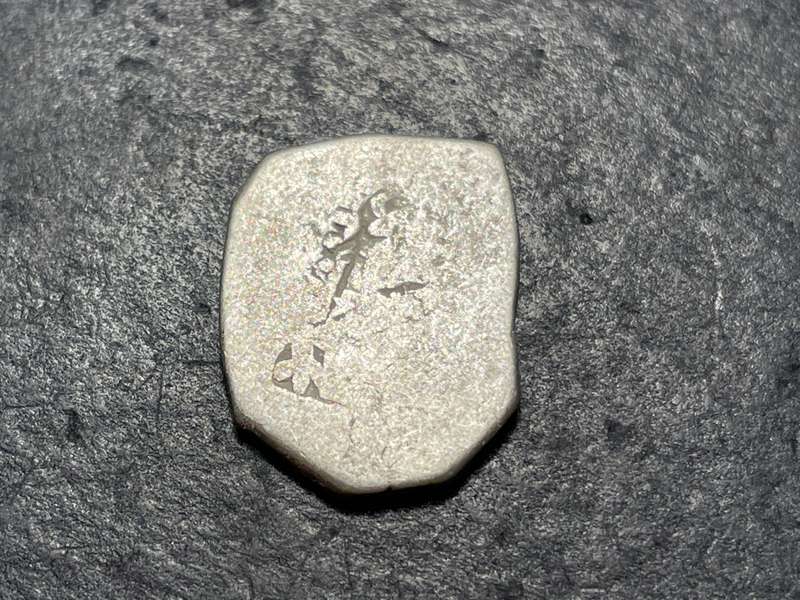





Ancient Indian Punchmarked silver coin - 2200+ years old
Check my rate
| Main centres: | 1-3 business days |
| Regional areas: | 3-4 business days |
| Remote areas: | 3-5 business days |






| Main centres: | 1-3 business days |
| Regional areas: | 3-4 business days |
| Remote areas: | 3-5 business days |
Punch-marked coins, also known as Aahat coins, are a type of early coinage of India, dating to between about the 6th and 2nd centuries BC. It was of irregular shape. These coins are found over most parts of subcontinent and remained in circulation till the early centuries AD.
During the Mauryan period, punch-marked coins continued to be issued in large quantities. Similarly, the coinage of the Mauryan Empire was an example of the punch-marked coinage of Magadha. Each coin contained on average 5054 grains of silver depending on wear and 32 rattis in weight, and earlier coins are flatter than later coins. Punches on these coins count to 450 different types with the most common the sun and six-armed symbols, and various forms of geometrical patterns, circles, wheels, human figures, various animals, bows and arrows, hills and trees etc.
In the North, following the fall of the Maurya Empire and the increased influence of the Greco-Bactrians and Indo-Greeks, punch-marked coins were replaced by cast die-struck coins, as visible in the Post-Mauryan coinage of Gandhara.
Source: Wikipedia


